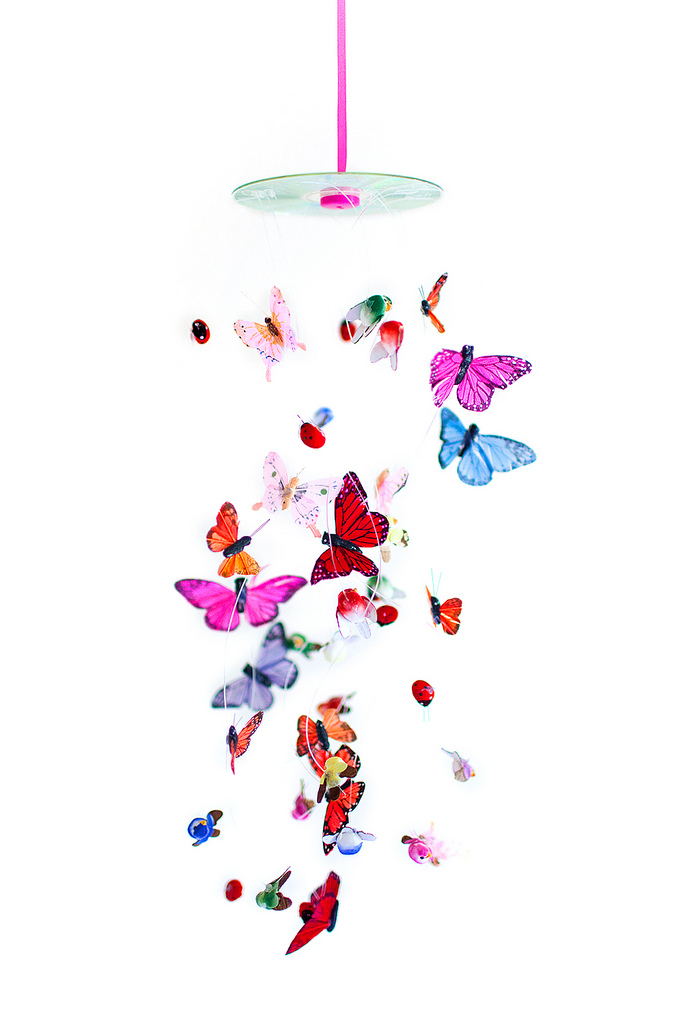When the baby cries, a sensor inside of the mobile captures the frequency disturbance and makes the mobile lighten up. The moon will start rocking from front to back.
Materials needed:
DC motor
Gear Motor 3
Microphone
RGB lights
Cam
Light fabric
Papier maché
The movement of the moon rocking has been changed last minute. Up until now I had resorted to using magnets to avoid the use of motors (too much noise). But after revising the efficiency of the magnets and the potential issues arising from their use, I have decided to use a DC motor and simply frame it at the top of the mobile to choke the noise.
I have also done some research on the responses of babies at different ages.
At the moment I am leaning towards 6-8 months old babies. I will be gathering more accurate data from this age category and will be testing the mobile with a baby towards the end.
What works / is done
- RGB lights fading
- Switch
- Box (built, painted, mounted)
- Plexiglas layer (painted)
What doesn't work / isn't done
- DC motor > Rocking moon (CAM broke)
- Soldering wires & glueing lights on plexiglas
- Soft switch toy (isnt sewn completely)






